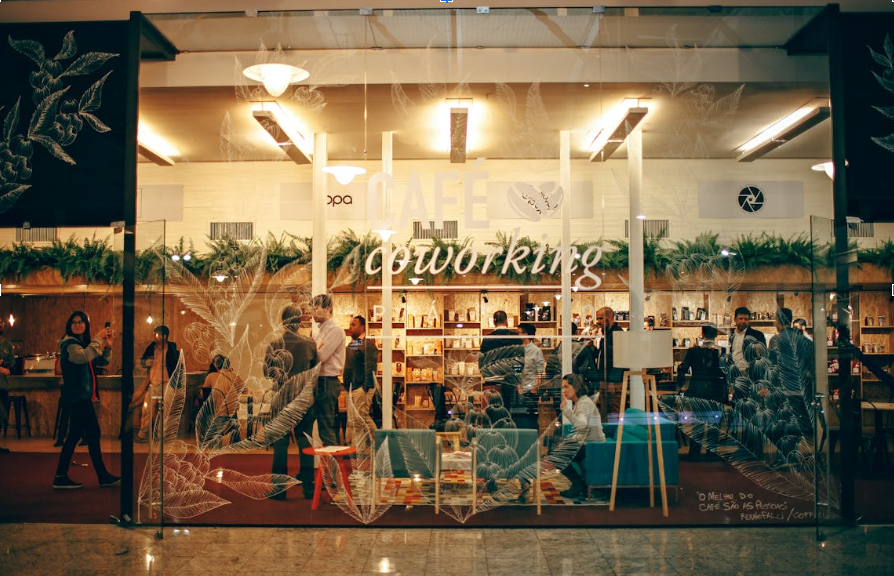
How Time Zones Can Help: Follow-The-Sun Production in Practice
Some work asks for a gentle handoff. A scene takes shape in one city, textures are tuned in another, and by morning, a new build greets the first team like a note left on the kitchen table. People expect chaos when they hear about round-the-clock teams. I picture tidy desks, clean commits, and a colleague starting the next line. In games, this rhythm can be ordinary, even for a game art outsourcing company that must move fast without letting the craft fray.
The method is simple. You pass the work, so it keeps moving while people rest. Independent studies point in the same direction. Microsoft’s Work Trend Index finds that about 30% of meetings now span multiple time zones, and late-evening meetings are rising year over year, a sign of both strain and reach. If you already work with external artists, it helps to choose partners accustomed to this cadence. Resources such as game art outsourcing company lists can facilitate early screening without guesswork.
What the clock gives you
The promise is shorter idle time between steps. InformationWeek describes ‘follow-the-sun’ as a way to ship faster while easing the load on staff. LeadDev adds that continuous handoffs can raise speed and widen collaboration Organize PDF when teams plan the work carefully. Speed does not come solely from the clock, though. The 2024 DORA research ties faster delivery to small batch changes, reliable tests, and solid automation, which carry cleanly across sites when branches are protected and builds are tagged in predictable ways.
The labor picture supports this way of working. Stack Overflow’s 2024 survey shows hybrid at 42%, remote at 38%, and in-person at 20% among developers, which means cross-time-zone habits are already part of daily life for many teams. Suppose you align your art pipeline with that reality. In that case, time zones stop being an obstacle and start acting like a quiet conveyor belt. N-iX Games often treats the day like a baton pass, with concept, modeling, rigging, and polish split across locations yet anchored in one shared art bible and a living scene for scale and light. The same approach works with any reliable partner.
Three short scenarios
Scenario 1. A F2P team in Helsinki needs a hero skin for a live event in ten days. Daytime in Finland, concept artists refine silhouettes and callouts. Near sunset, they post the reference pack and close the day. Afternoon in São Paulo, a modeler starts blockout using the same unit scale and proxy materials. By morning in Helsinki, a first pass sits in the repo with notes. The calendar shrinks without asking anyone to work at midnight.
Scenario 2. An indie lead in Vancouver works with a partner in Kraków. The overlap is thin. To keep momentum, the lead records a five-minute walkthrough at 4 p.m., explaining what tired eyes should look like in NPC portraits. The Kraków artist watches at 9 a.m., paints two options, and leaves paint-over layers visible. That evening, the lead selects one and writes a short note. No meeting is needed. Trust grows.
Scenario 3. A publisher wants a vertical slice in four weeks. One partner handles environments and another props. One sits three hours ahead, the other seven hours ahead. The producer sets a plain rhythm: environments commit by 14:00 UTC, props by 20:00 UTC, and a small QA crew reviews at 22:00 UTC. Feedback lands before each team’s morning. By week three, the slice fits together without a weekend scramble.
See also: Make Life Easier with Professional Maid & House Cleaning
Practices that travel well
Good follow-the-sun work draws a straight line through time. These habits keep the line from fraying:
- Write handoff notes like a postcard. Short, specific, and personal. Say what changed, what to do next, and what to ignore. Post them with the build and the task link.
- Keep one art bible. Include palette, light rigs, trim sheets, prop scale, and naming rules. Store it with the source files so it never drifts.
- Record small walkthroughs. A three-minute screen capture carries tone better than a wall of text. Archive them in the task so new people can catch up.
- Fix overlap windows. Two hours of planned overlap beats a full day of scattered pings. Use the overlap for decisions, not status.
- Guard the repo. Protect branches, run tests on merge, and tag handoff builds. The next team should open the project without hunting for the right scene.
- Track flow, not only output. Watch the lead time for changes and the time between handoffs. If those stretch, the schedule will quietly slip.
These points are ordinary, and that is why they work. Atlassian’s State of Teams says people waste about a quarter of their week searching for information, which drops when notes and source files live in steady places.
Guardrails for a quiet night
Night work sneaks in when teams try to cover every gap with meetings. The Microsoft data shows late-evening meetings rising, and Harvard Business School warns that after-hours coordination across time zones can fall unevenly on different groups. The answer is not heroic stamina. Choose overlap windows, hold them, and let the rest happen asynchronously. If a standing call regularly hits 22:00 for someone, change the plan.
Security also needs daylight. Model and texture libraries travel between vendors. Keep contracts clear about who can open what and where files live. Use storage with access logs, and rotate credentials on a calendar, not only after incidents. Reliability rests on habits you repeat, which the DORA research keeps underscoring.
Budget discipline sits close by. Distributed work invites tool sprawl. GitLab’s 2024 survey notes that onboarding time stretched for many teams as tool chains grew. Before adding another review app, pick the home for comments, and fold the rest back. People should not spend their mornings trying to remember where feedback is stored.
When to bring in partners
You do not need a global studio on day one. Many teams start by hiring a partner for a focused track. Background props, foliage sets, or NPC portrait batches are good candidates. A reliable partner will accept your overlap window, work in your repos and naming, and leave the art ready for the next team. As you scan the market, keep a short list and test with a small brief. N-iX Games often shows how a clear art bible plus routine handoffs can hold quality steady across offices. If that first run lands cleanly, widen the scope. If it wobbles, tune the brief and try again.
Follow-the-sun is not only about speed. It is about quiet progress that keeps evenings free. Set the clock, write the postcard, and close the laptop. Somewhere, a colleague opens the project and continues the sentence you started. By morning, the room feels tidy, and the work has moved a few steps closer to the build you imagined.



